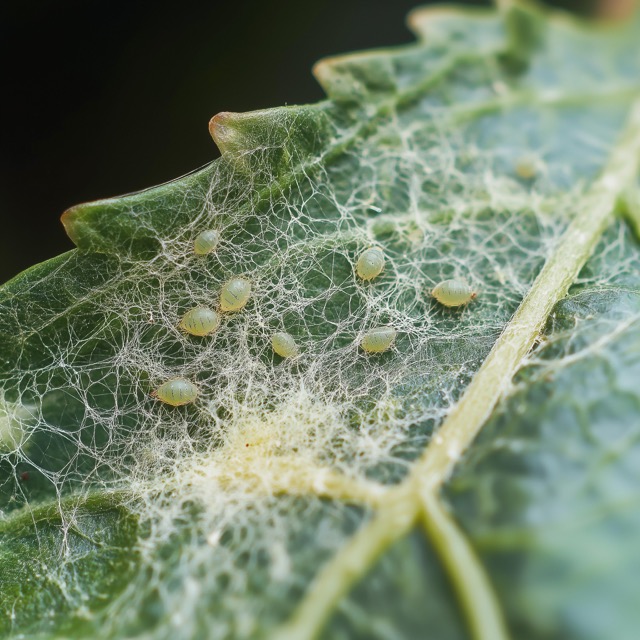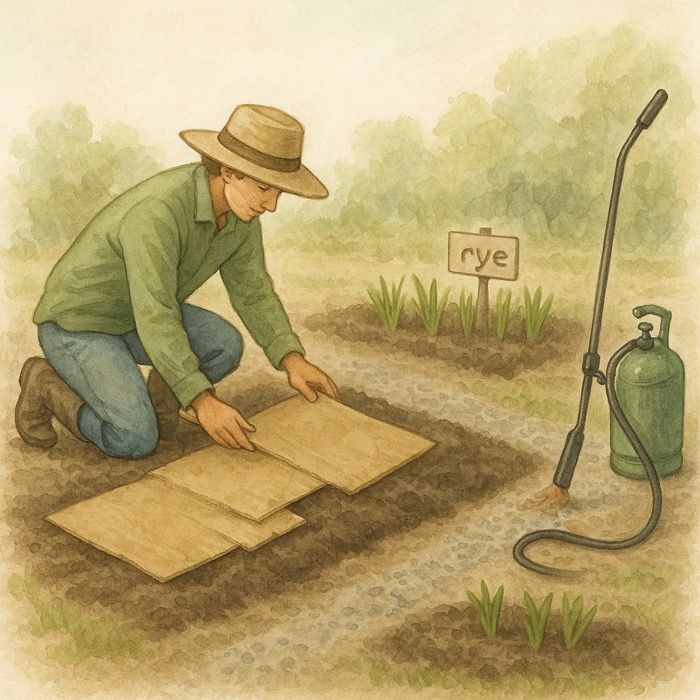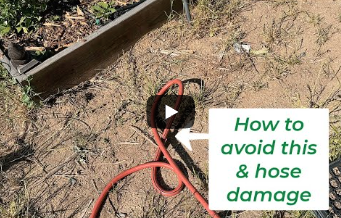Spider Mites: A Garden Pest Guide
Introduction
Spider mites are a common but often overlooked garden pest that can cause serious damage to your plants. These tiny arachnids can quickly multiply, leading to widespread infestations that are difficult to control. In this guide, we’ll cover everything you need to know about identifying, managing, and preventing spider mites in your garden.
What Are Spider Mites?
Spider mites are minuscule arachnids, closely related to spiders and ticks. Measuring less than 1mm in size, these pests can be red, green, yellow, or brown and are notorious for thriving in hot, dry conditions. Their rapid reproduction rate makes them particularly troublesome during the summer months, where they can quickly colonize your plants.
Signs of a Spider Mite Infestation
Recognizing the signs of a spider mite infestation early can save your plants. Here’s what to look out for –
- Speckled Leaves – Spider mites feed on plant sap, leaving behind tiny, light-colored spots on the leaves. This speckling effect is one of the first signs of their presence.
- Webbing – A telltale sign of a severe infestation is the appearance of fine, silk-like webbing on the undersides of leaves and between branches.
- Leaf Discoloration and Drop – As the infestation worsens, leaves may begin to turn yellow, brown, or bronze, and eventually, the plant may experience leaf drop.
Plants Susceptible to Spider Mites
Spider mites aren’t picky—they can infest a wide variety of plants, including –
- Vegetables – Tomatoes, beans, eggplants, and peppers are particularly susceptible.
- Ornamentals – Roses, azaleas, and marigolds can also fall victim to spider mites.
- Fruit Trees – Apple, plum, and citrus trees are at risk, especially during dry spells.
How to Manage and Control Spider Mites
Managing spider mites requires a combination of cultural practices and, in severe cases, chemical interventions. Here’s how you can tackle a spider mite infestation –
- Water Management – Spider mites thrive in dry conditions. Regularly watering your plants, especially during dry periods, can help keep these pests at bay.
- Natural Predators – Encourage the presence of natural predators like ladybugs, predatory mites, and lacewings in your garden. These beneficial insects can help control spider mite populations naturally.
- Insecticidal Soap – For moderate infestations, insecticidal soaps can be effective in reducing spider mite numbers. Make sure to apply it thoroughly, targeting the undersides of leaves where spider mites congregate.
- Neem Oil – Neem oil is another organic solution that can disrupt the life cycle of spider mites, preventing them from reproducing and spreading.
Neem Oil is a Great Way to Prevent and Treat Powdery Mildew
(Click to Shop)
- Chemical Control – In cases of severe infestations, miticides may be necessary. However, use these with caution as they can also harm beneficial insects.
Preventing Spider Mite Infestations
Prevention is always better than cure. Here’s how to keep spider mites from becoming a problem in your garden –
- Regular Monitoring – Regularly inspect your plants, especially during hot and dry weather. Early detection is key to controlling spider mites before they become a serious problem.
- Proper Spacing – Ensure your plants are well-spaced to promote good air circulation, which can reduce the favorable conditions for spider mites.
- Keep Plants Healthy – Healthy plants are more resistant to pests. Make sure your plants are well-watered and fertilized to keep them strong and less susceptible to spider mite infestations.
Conclusion
Spider mites may be tiny, but their impact on your garden can be huge. By staying vigilant and taking proactive steps to manage and prevent infestations, you can keep your garden healthy and thriving all season long. Remember, early detection and intervention are the best ways to protect your plants from these pesky pests.
More From Our Master Gardener
Recent Posts

❄️ Snow as Fertilizer – The Truth About “Poor Man’s Nitrogen”

5 Unexpected Winter Weed Control Strategies (That Don’t Involve Mulch)

Harnessing Winter Sun – Passive Solar Tricks for Your Garden

How to Grow Spinach – The Ultimate Beginner’s Guide for Tender, Nutritious Leaves

How to Grow Peas: The Ultimate Beginner’s Guide for Sweet, Crisp Harvests
















